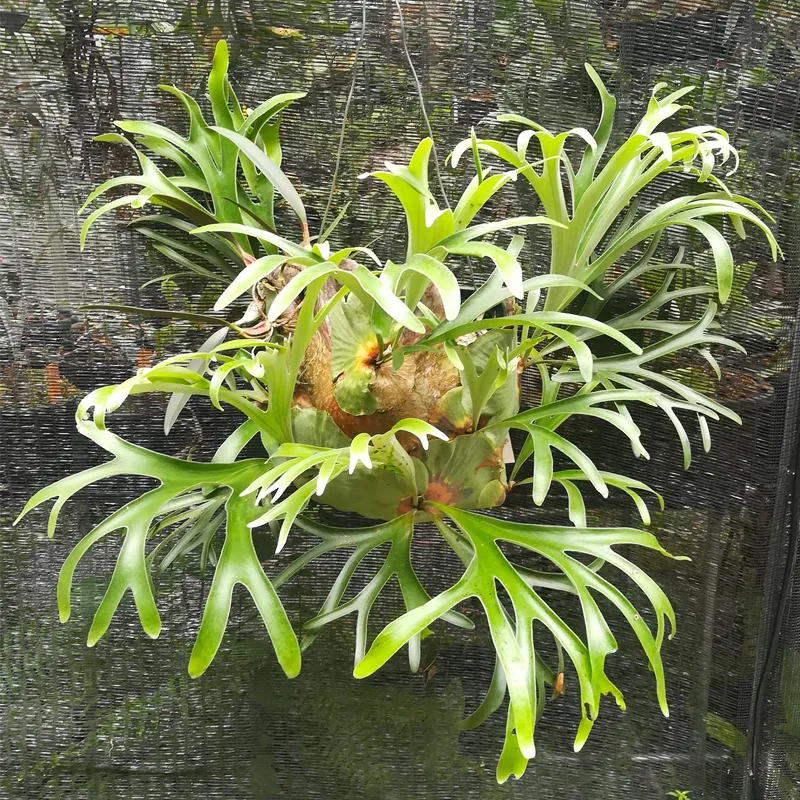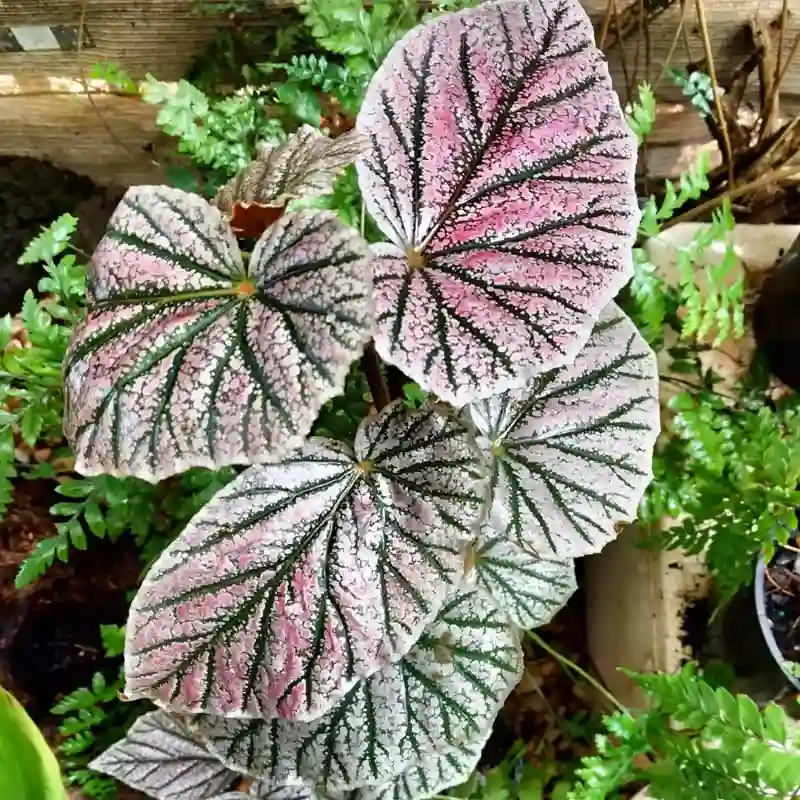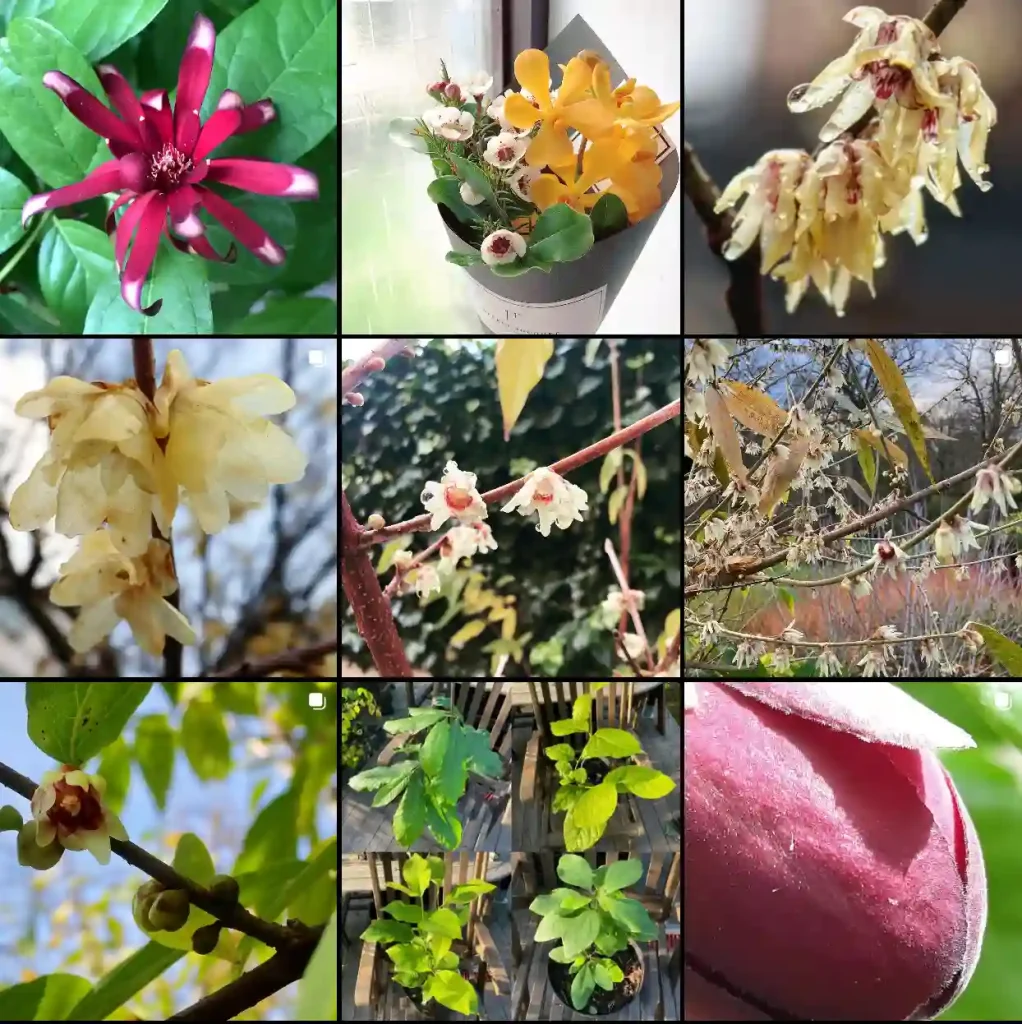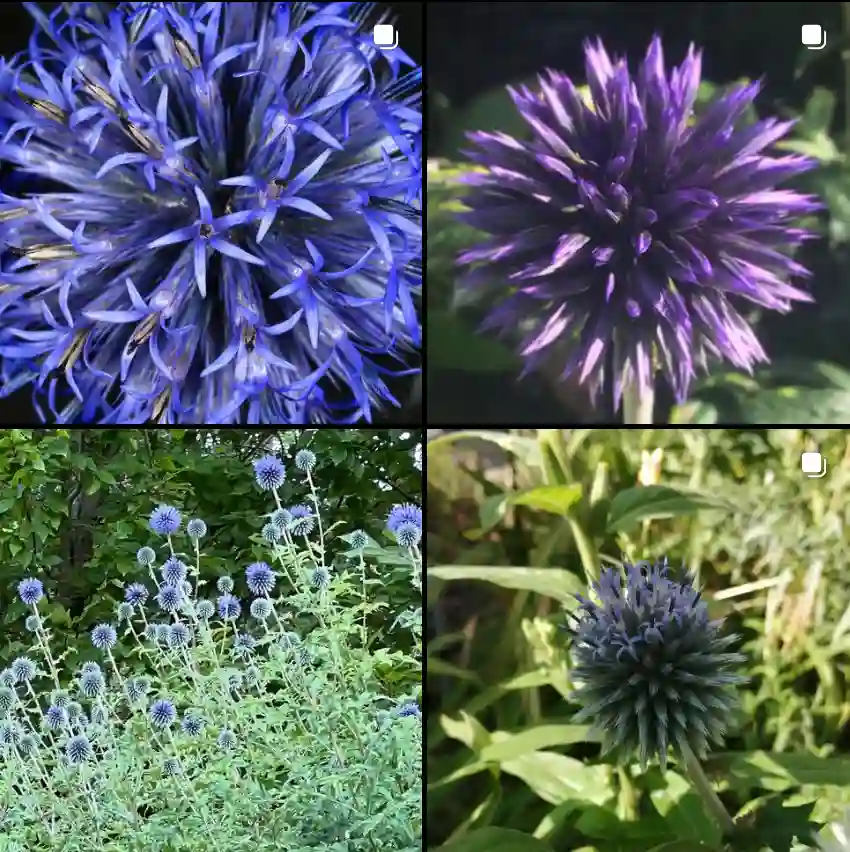Exploring the Fascinating Cercidiphyllaceae Family
As a plant enthusiast, I have always been intrigued by the diversity of plant families and their unique characteristics. One such family that has caught my attention is the Cercidiphyllaceae, which includes the remarkable genus Cercidiphyllum. This family is relatively small, yet it offers a wealth of fascinating traits and ecological significance.
The Origins of Cercidiphyllaceae
The Cercidiphyllaceae family, commonly known as the katsura tree family, is native to East Asia and North America. It includes two genera: Cercidiphyllum and Dendropanax. The most well-known member of this family is the Cercidiphyllum japonicum, or the Japanese katsura tree. This tree is admired not only for its striking appearance but also for its delightful fragrance, reminiscent of burnt sugar, which wafts through the air in early spring.
Cercidiphyllum trees have a rich evolutionary history. They date back to the late Cretaceous period, making them a significant part of our planet’s botanical heritage. As I delve into their history, I can’t help but marvel at how these trees have adapted to various environments over millions of years.
Characteristics of Cercidiphyllum
One of the standout features of Cercidiphyllum is its distinctive heart-shaped leaves. The leaves are broad, simple, and have a smooth texture. They turn a beautiful golden-yellow in the fall, creating a stunning display that draws the eye. I’ve often seen these trees in parks and botanical gardens, where their vibrant colors attract visitors, making them a favorite for landscape designers and gardeners alike.
In terms of size, the Japanese katsura can grow up to 60 feet tall and spread just as wide, creating a substantial presence in any landscape. Its tall, straight trunk and graceful branches give it a classic tree shape that exudes elegance. When I see one, I often find myself stopping to admire its beauty and the way it sways gently in the breeze.
Ecological Importance
Beyond their aesthetic appeal, members of the Cercidiphyllaceae family play crucial roles in their ecosystems. The Japanese katsura tree is a vital part of forest biodiversity. It provides habitat for various species of birds and insects, which rely on its foliage for food and shelter. I remember once observing a group of butterflies fluttering around a katsura tree, their vibrant colors contrasting beautifully against the tree’s green leaves.
Furthermore, the trees are known for their ability to improve soil quality. Their leaf litter decomposes quickly, enriching the soil with nutrients. This process not only benefits the tree itself but also supports the surrounding flora. In my gardening endeavors, I strive to replicate this natural nutrient cycle, understanding how essential it is for maintaining healthy plants.
Cultivation and Care
Growing Cercidiphyllum japonicum can be a rewarding experience for any plant lover. These trees thrive in well-drained soil and prefer full sun to partial shade. I’ve found that they are relatively low-maintenance once established. Regular watering is essential during their first few years, but after that, they can tolerate drought conditions quite well.
One important aspect to consider when planting a katsura tree is its size. Given their expansive growth habit, it’s crucial to provide ample space for them to flourish. I recommend planting them in larger gardens or parks, where their beauty can be fully appreciated without crowding other plants.
A Sensory Experience
What truly sets the Cercidiphyllum apart for me is the sensory experience it offers. The sweet scent of its fallen leaves in autumn is a nostalgic reminder of childhood days spent playing in leaf piles. The aroma brings a sense of tranquility and connection to nature that is hard to describe. I’ve often spent time under these trees, enjoying their shade while taking in the surrounding beauty.
Additionally, the color change of the leaves throughout the seasons is a spectacle in itself. From bright green in spring to golden-yellow in fall, these trees provide a visual feast year-round. They are a testament to nature’s ability to transform and enchant us.
Conclusion
The Cercidiphyllaceae family, particularly the Cercidiphyllum genus, is a fascinating topic for anyone interested in botany and ecology. These trees not only enhance our landscapes with their beauty but also contribute significantly to their ecosystems. As I continue my journey through the world of plants, I remain captivated by the rich history, distinctive characteristics, and sensory experiences that the katsura tree family provides. Whether you’re a seasoned gardener or a casual observer, I encourage you to seek out these remarkable trees and appreciate their place in our natural world.
If i die, water my plants!



